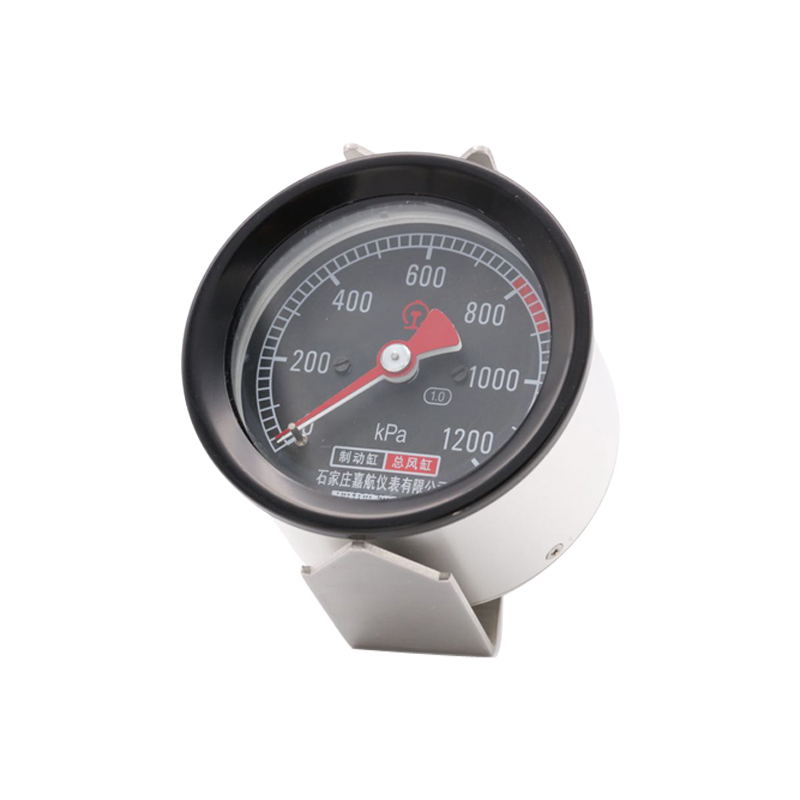
Aug . 29, 2024 06:57 Back to list
Dual Diaphragm Differential Pressure Gauges - Precision Measurement Solutions
Understanding Dual Diaphragm Differential Pressure Gauges
Dual diaphragm differential pressure gauges are essential instruments widely used in various industries to measure the pressure difference between two points in a system
. These gauges are particularly valuable because they provide accurate readings even in harsh environments.The core structure of a dual diaphragm differential pressure gauge consists of two flexible diaphragms, which respond to the pressure changes in the system. When pressure is applied to the diaphragms from two different sources, the resulting displacement is converted into a mechanical movement. This movement drives a pointer on a calibrated dial, displaying the pressure difference. The dual diaphragm design enhances the gauge's reliability and accuracy by minimizing errors that may arise from temperature changes or mechanical vibrations.
dual diaphragm differential pressure gauges

One of the main advantages of dual diaphragm gauges is their ability to handle a wide range of pressure differences while maintaining high precision. They are particularly useful in applications where the pressure difference is minimal, such as in filter monitoring and flow measurement in process industries. Additionally, because these gauges are sealed, they can operate in environments containing corrosive substances, gases, or particulates, thus prolonging their lifespan and reducing maintenance needs.
Moreover, dual diaphragm differential pressure gauges offer various mounting and installation options, including vertical and horizontal orientations. This flexibility makes them suitable for integration into different systems, whether in pipelines, tanks, or various industrial processes. The gauges can be equipped with various features, such as electrical transmitters or switches, to provide enhanced functionality, including remote monitoring and automated alerts for pressure changes.
In summary, dual diaphragm differential pressure gauges are critical tools in ensuring operational efficiency and safety in various processes. Their robust design, adaptability, and precise measurement capabilities make them indispensable in industries such as oil and gas, pharmaceuticals, and water treatment. As industries continue to evolve and require more rigorous monitoring solutions, the importance of these gauges will undoubtedly grow, highlighting their role in advancing technology and improving process management.
-
High-Quality Pressure Gauge on Fire Extinguisher - Reliable Water Fire Extinguisher Pressure Gauge Suppliers & Exporters
NewsJul.08,2025
-
High-Quality Water Pressure Differential and Gauge Kit Reliable Manufacturers & Competitive Quotes
NewsJul.08,2025
-
High-Precision Digital Diaphragm Pressure Gauge – Reliable Manufacturer & Competitive Quotes
NewsJul.07,2025
-
Wholesale Diaphragm Pressure Gauge Supplier - Premium Quality & Competitive Price
NewsJul.07,2025
-
Digital Diaphragm Pressure Gauge Reliable & Precise Measurement Top Manufacturers Quotes
NewsJul.06,2025
-
High Accuracy Piston Type Differential Pressure Gauge - Reliable Manufacturers & Competitive Quotes
NewsJul.06,2025
